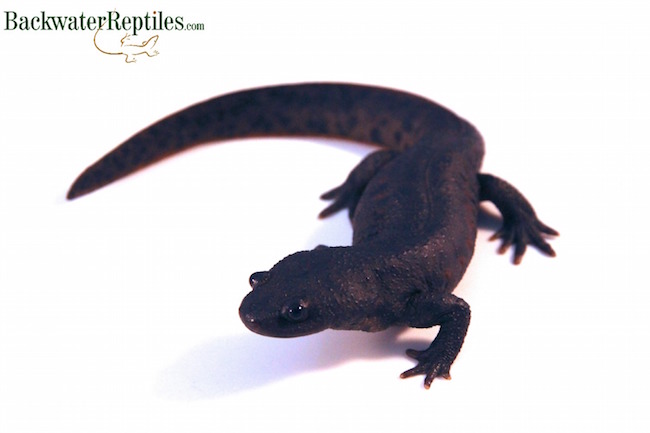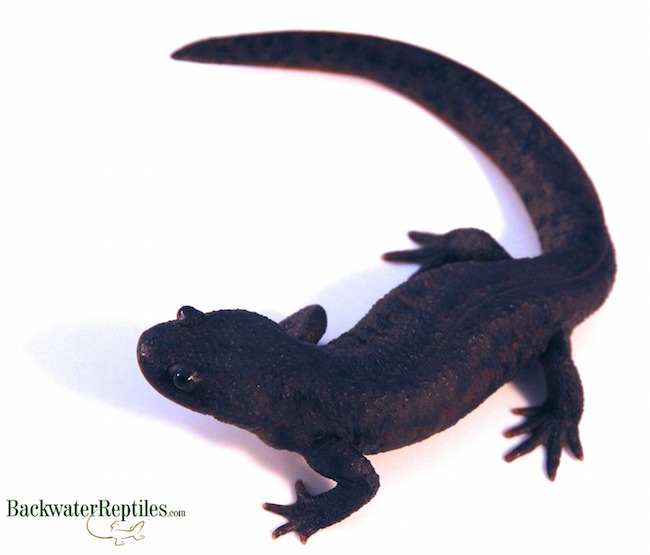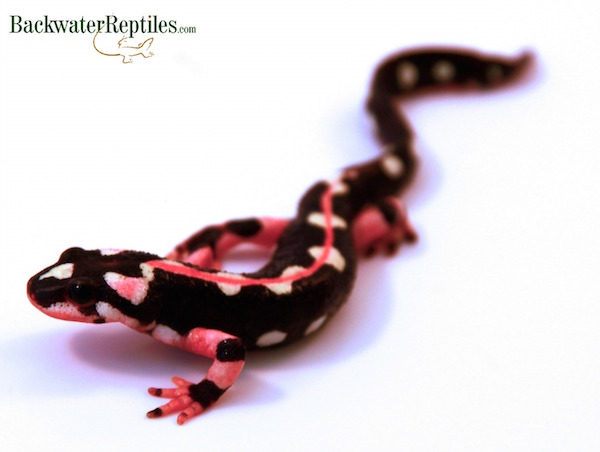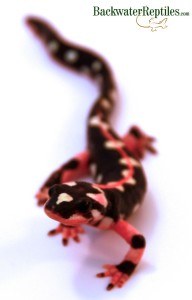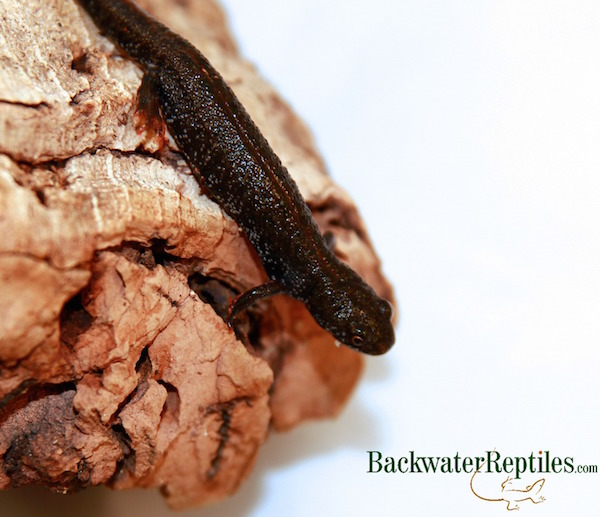Wondering about Spanish Ribbed newt care? These newts make fun pets for amphibian fans because they grow to such a large size. Reaching lengths of up to twelve inches in the wild, Spanish Ribbed Newts generally stay in the range of six to eight inches in captivity, which is still very large for a newt.
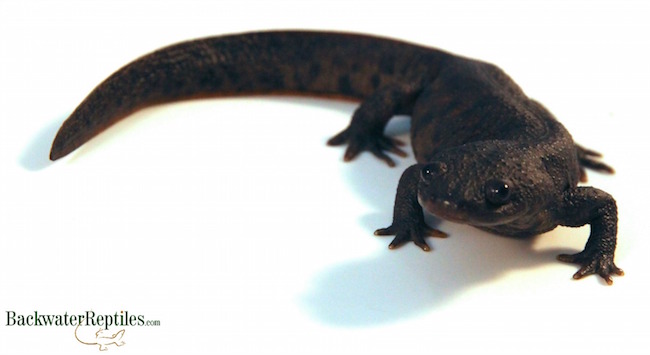
Also known as Iberian Ribbed Newts and Sharp Ribbed Newts, these guys can be found in the wild in Spain, Portugal, and Morocco. Their common names show a lot of variation, but they are all derived from the unique ability this newt has to puncture its own skin with the sharp points of its ribs as an interesting defense mechanism. In addition, during the process of ejection, the ribs are coated with a toxin or poison that would irritate a potential predator’s mouth. Not much is known about this behavior, however it’s very rare that rib ejection occurs in the captive animals and it is not harmful to humans.

Ribbed Newts prefer an aquatic environment, so make sure that when housing these animals, their tank is equipped with a lot of water. Ideally, they should live in an aquarium with a small land mass to completely get out of the water if they desire. Temperatures should be kept below 72 degrees as these newts are very tolerant of cold but don’t do well in heat.
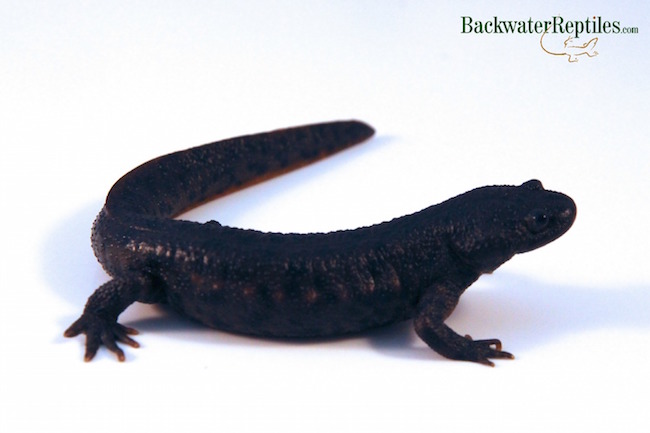
In the wild, Spanish Ribbed Newts are opportunistic eaters, chowing down on whatever stumbles across their path. When kept as pets, these newts will do well when fed pre-made shrimp/worm pellets, newt pellets, live worms, and other slugs and invertebrates. They are pretty indiscriminate when it comes to food.
Breeding these newts is very easy. In fact, Spanish Ribbed Newts have been taken into space on expeditions before just because they are so simple to breed. All that is required is a pair of healthy, sexually mature newts. Under normal conditions, the females will become swollen with eggs and the males will develop crests and nuptial pads. This is how you know its time to drain most of the tank’s water and allow the courtship ritual to begin. Within one week of successful mating, the female will begin to deposit her eggs, which are usually attached to an aquatic plant. Larvae will hatch in about seven to ten days! What a speedy reproductive cycle!
Like many designer reptiles, Spanish Ribbed Newts have even been bred to express the gene that causes leucism, but most are normally a brown or black in color with colored knobby warts.
Backwater Reptiles currently offers Spanish Ribbed Newts for sale. Get yourself a pair and start your own breeding project!

